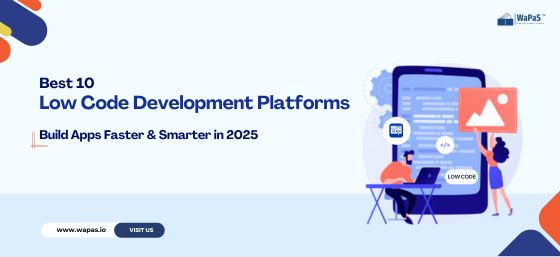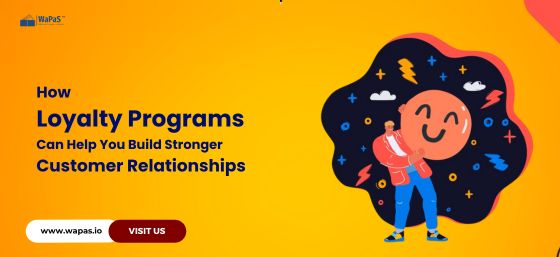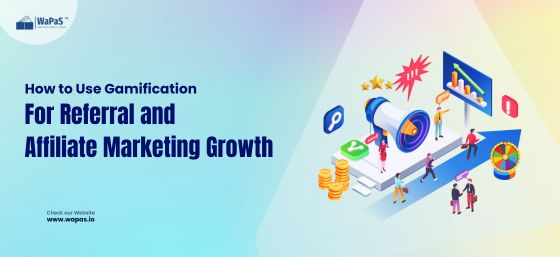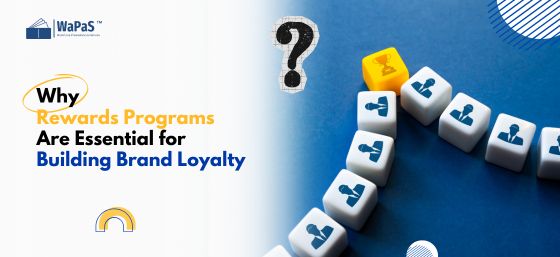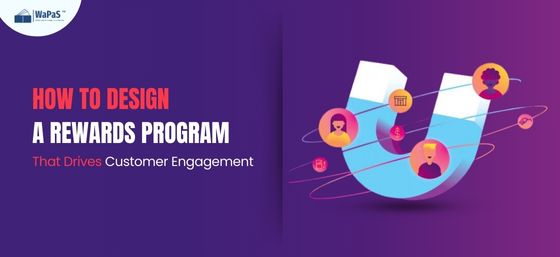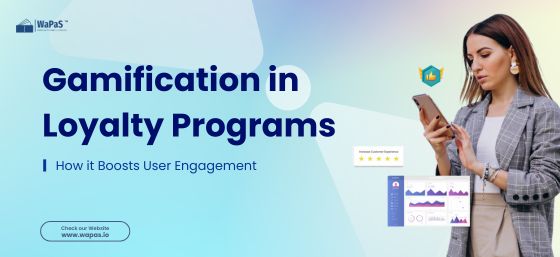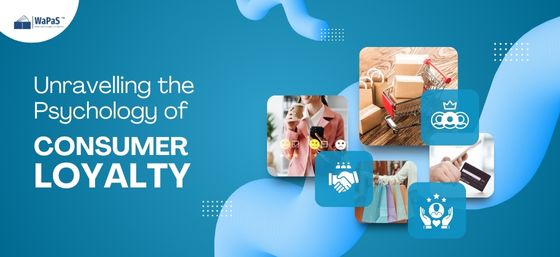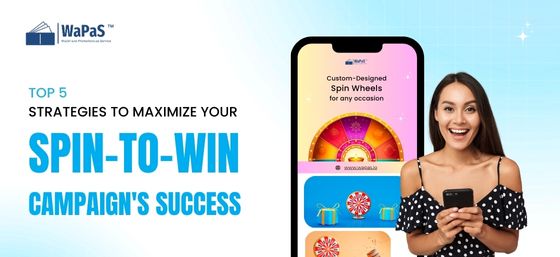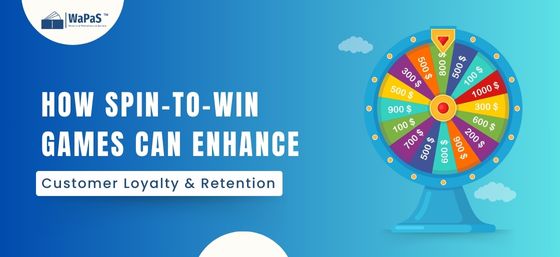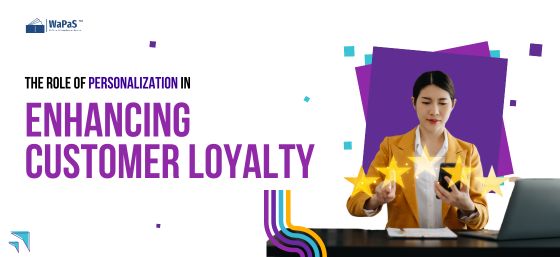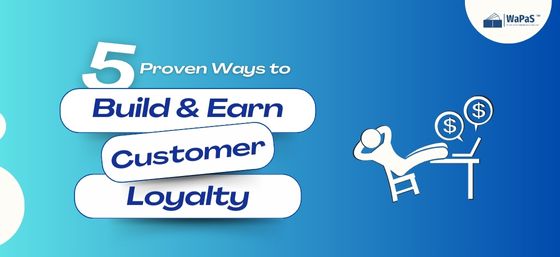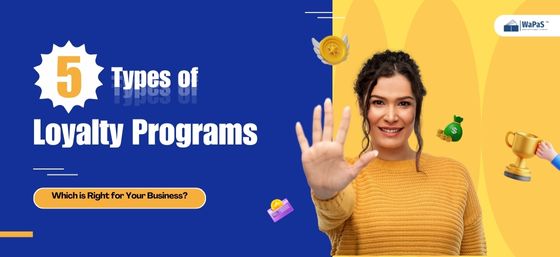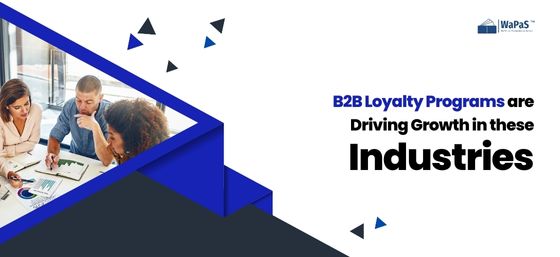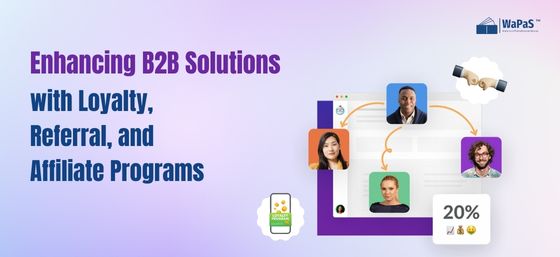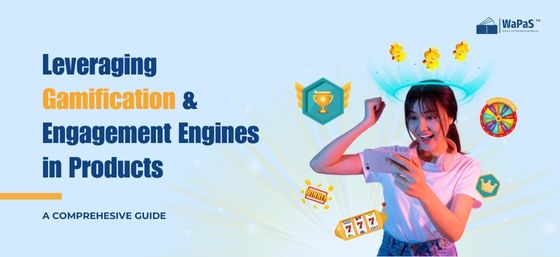How Gamification Boost Referral & Affiliate Marketing Success
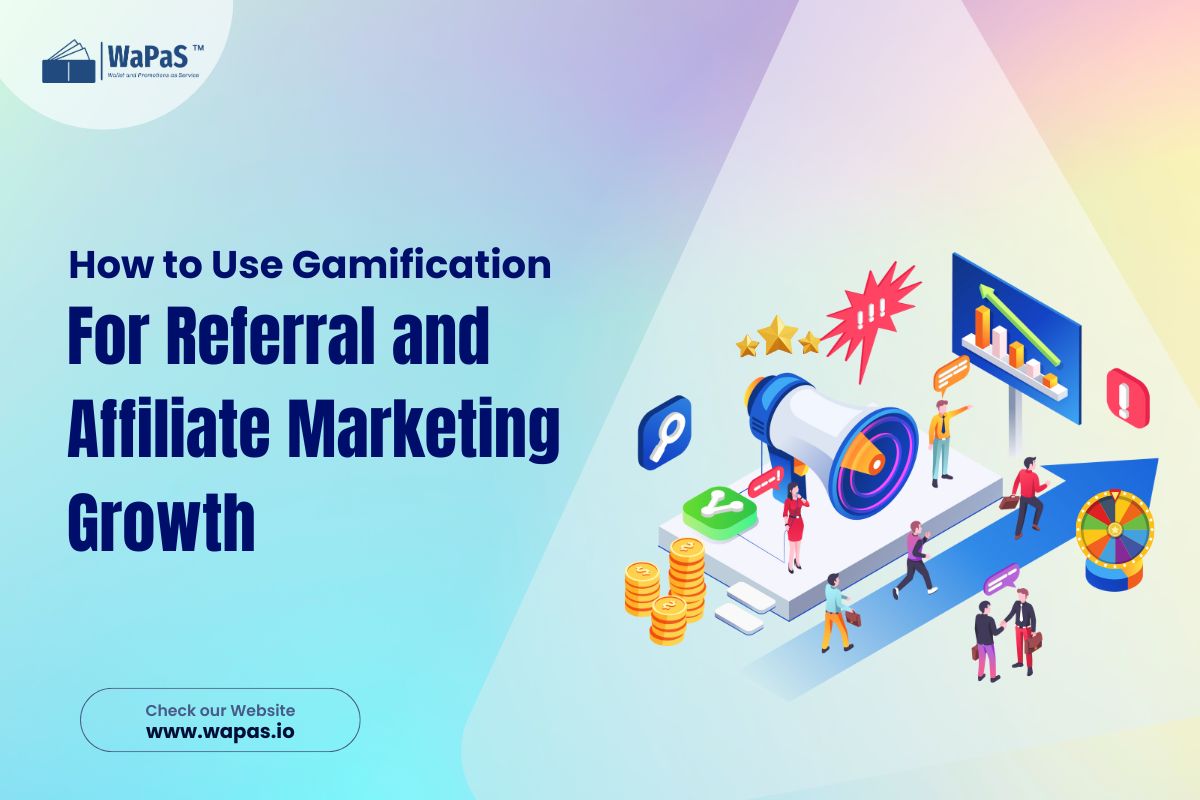
In an extremely competitive market, businesses seek methods to increase interaction and broaden their audience. Affiliate and referral marketing are successful tactics that let companies use their current clientele to attract new ones. However, conventional recommendation techniques might not be sufficient to sustain interest when customer expectations change — presenting gamification as a technique that infuses non-gaming situations with aspects of games to produce an exciting, captivating, and fulfilling experience.
In this article, we’ll explore how gamification can elevate your referral and affiliate marketing efforts, making them more interactive and appealing. We’ll go over the advantages of gamification, particular methods for using it in affiliate and referral marketing, and practical steps to create a successful gamified program.
What is Gamification?
Gamification uses game design features — leaderboards, badges, points, and rewards — to promote motivation, engagement, and loyalty in non-gaming environments. It usually makes boring jobs exciting and inspiring by appealing to our human need for accomplishment, competitiveness, and recognition. By incorporating gamification into their marketing campaigns, brands may increase user engagement and cultivate a sense of loyalty and pleasure.
Gamification is an influential affiliate and referral marketing strategy that may help consumers and partners spread the word about your business. It turns recommending friends or advertising goods into a game that rewards players and strengthens their bond with your company.
Why Use Gamification in Affiliate and Referral Marketing?
The following are some advantages that gamification may offer to affiliate and referral marketing programs before delving into particular tactics:
- Enhanced Engagement: Gamification makes the referral process more entertaining, increasing the possibility that users will actively participate and finish the referral tasks.
- Motivated Referrers: Users are kept motivated by challenges and rewards, which drive them to refer others repeatedly to accrue badges, points, or other incentives.
- Increased Loyalty: Gamification increases brand loyalty by creating a feeling of community and connection.
- Social Sharing: People take pleasure in showcasing their accomplishments. Gamification capitalizes on this urge and promotes natural brand recognition by motivating individuals to share their accomplishments.
- Increased Conversion Rates: Gamified features may help affiliates convert leads more efficiently and profitably, resulting in more successful marketing campaigns.
1. Gamification of Referral Programs: Essential Components
Referral programs encourage existing clients to tell others about goods or services. Gamification may significantly boost these initiatives by turning a straightforward recommendation into an exciting and fulfilling experience.
Here’s how:
a. Points and Rewards System
Incorporate a points-based system where referrers earn points for every successful referral. Points can be earned and exchanged for benefits like freebies, unique content, or discounts.
For example, let’s say a user receives 10 points for each good recommendation. After they have 50 points, they can get a special discount or gift. This is where WaPaS can simplify the reward process. With its digital wallet integration, WaPaS ensures referrers automatically receive points or cashback directly in their accounts, providing instant gratification.
b. Levels and Tiered Rewards
Adding tiers or levels will make your referral program more progressive. For example, users who create more recommendations might unlock fabulous prizes and higher levels. This approach creates a sense of success by motivating users to aim for greater rewards.
As an illustration, a user begins at the “Bronze” level and receives modest incentives for each recommendation. After ten referrals, they progress to “Silver,” where they can win more prizes, and then to “Gold,” where they may enjoy premium perks. Platforms like WaPaS can facilitate this by automating tier upgrades and tracking progress in real-time.
c. Awards and Accomplishments
Achievements and badges are excellent tools for praising users’ work and maintaining their interest. By symbolizing a milestone or particular action, each badge gives users a sense of accomplishment and motivates them to earn more.
One example is rewarding participants with badges for achieving goals like “First Referral,” “Top Referrer of the Month,” or “Five Successful Referrals.” These badges can be shared on social media or shown on participant profiles.
d. Leaderboards
By displaying users’ rankings in relation to others, leaderboards encourage a competitive atmosphere. While top performers feel appreciated for their work, users are encouraged to keep referring when they see their name on the scoreboard.
Example: A weekly updated scoreboard that lists the top referrers and offers rewards to the top three each month encourages users to remain engaged and competitive.
WaPaS’s tracking and analytics capabilities allow businesses to display live leaderboard updates, motivating participants to stay engaged and refer more.
2. Gamifying Affiliate Marketing: Methods to Accelerate Development
Businesses can work with partners who promote their goods or services in return for a commission through affiliate marketing. Gamification may enhance performance and loyalty by making this process more engaging for affiliates. To add gamification to your affiliate program, follow these steps:
a. Performance-Based Rewards
Affiliates are encouraged to perform better when tiers of prizes are offered for reaching particular goals. Conversions, clicks, or sales volume may determine gamified incentives. As they reach specific goals, affiliates receive larger payouts, which motivates them to work more.
Examples: Affiliates who make $1,000 in sales may be eligible for a bonus, while those who make $5,000 or $10,000 may be eligible for special offers, increased commissions, or access to premium materials.
b. Contests and Competitions
Organizing competitions among affiliates fosters a culture of competition and motivates them to go above and beyond in their brand promotion. Cash bonuses, special access to events, or even free merchandise might be awarded as prizes.
Example: Arrange a monthly competition in which the affiliate with the most sales receives a premium award. This motivates affiliates to work more during contest times. WaPaS can track participants’ performance and deliver rewards securely and efficiently.
c. Dashboards for Progress Monitoring
Provide dashboards to affiliates to monitor and compare their progress with other affiliates. This transparency allows them to see how near they are to reaching their objectives, keeping them motivated and focused.
For example, affiliates may see impending prizes for hitting specific levels or targets and measure the number of clicks, sign-ups, or purchases they’ve received. WaPaS offers integrated analytics, allowing affiliates to monitor their progress and see upcoming rewards.
d. Personalized Honors and Commendations
When gamification delivers rewards based on the preferences of each affiliate, it may be quite successful. Personalized rewards show that you appreciate each affiliate’s distinct contribution and add a kind touch.
Example: When affiliates hit milestones, reward them with cash bonuses, gift cards, or donations to their favorite charity.
Simplify Gamified Reward Distribution with WaPaS
To make your gamified referral and affiliate programs successful, integrating a reliable platform for managing rewards is crucial. WaPaS is the perfect solution to streamline this process.
WaPaS Features:
- Custom Promotions: Create tiered rewards and personalized offers for referrers and affiliates.
- Real-Time Analytics: Monitor campaign performance and optimize for better results.
Visit WaPaS’s Promotions page to learn how it can take your gamified campaigns to the next level.
3. Gamified Referral and Affiliate Program Implementation: A Comprehensive Guide
Even though gamification has great promise, it requires preparation and a thorough grasp of your target audience to execute successfully. This article will assist you in creating and implementing a gamified program that encourages referrals and affiliate development.
Step 1: Establish Specific Goals
Determine your goals for your affiliate or referral program before you start gamifying it. Are you trying to raise brand recognition, grow your clientele, or enhance sales? Setting clear objectives will make developing gamified components supporting these aims easier.
Step 2: Recognize the Preferences of Your Audience
It’s critical to comprehend your audience’s motives and interests. If your audience appreciates acknowledgment, concentrate on leaderboards and badges. If money is their driving force, highlight performance-based incentives.
Step 3: Selecting Gamification Components
Choose the gamification components that complement your audience and goals. Decide whether to utilize leaderboards, badges, points, or other features. Keep in mind that you want to make the experience interesting without overwhelming participants, so strike a balance between complexity and simplicity.
Step 4: Create a System of Rewards
Create a system of rewards that provides worthwhile incentives. Offer a variety of prizes, such as discounts, freebies, or access to special events. Make sure the rewards are both attainable and inspiring.
Step 5: Make the Platform User-Friendly
The smooth operation of your gamified program is essential to its success. Provide a user-friendly platform that allows participants to monitor their accomplishments, view their progress, and collect awards. Gamification ought to improve the experience rather than complicate it.
Step 6: Promote and Monitor the Program
Use email campaigns, social media, and your website to spread the word about your gamified affiliate or referral program. To gauge its effectiveness once the program launches, monitor key performance indicators (KPIs) such as user engagement, conversion, and referral rates.
Step 7: Get Input and Improve
Get participant input to determine what is effective and what needs improvement. Based on this feedback, change your program to increase participation and efficacy.
Case Studies: Effective Illustrations of Gamified Affiliate and Referral Schemes
Analyzing real-world instances can provide insightful information. The following businesses have effectively increased their affiliate or referral marketing programs using gamification:
Dropbox: Dropbox’s referral program resulted in more storage space for both the referrer and the referee. Users were encouraged to recommend others to gain additional space, resulting in a win-win scenario.
Uber: Users who successfully suggested that new customers receive ride credits through Uber’s gamified referral program. They added a competitive aspect by introducing streak incentives for regular referrals.
Airbnb: Using a tiered referral system, customers receive rewards according to how many individuals they successfully recommend. They used a combination of travel credits and discounts to promote ongoing participation.
Conclusion
Gamification is a potent technique that may improve affiliate and referral marketing by increasing these initiatives’ effectiveness, fun, and engagement. By adding game-like features like leaderboards, points, and incentives, you can turn conventional affiliate and referral programs into engaging experiences that promote brand loyalty and growth.
Gamifying your referral and affiliate programs may provide remarkable outcomes, regardless of your goals — increasing user engagement, revenue, or growing your clientele. Establish definite goals from the outset, comprehend your target market, and meticulously create a gamified system that inspires users and reflects your company’s core values. In addition to expanding your affiliate marketing and referral networks, a well-executed gamification approach will produce a compelling user experience that encourages repeat visits.
Ready to gamify your referral and affiliate programs? Discover how WaPaS can simplify reward management and elevate user engagement.
Frequently Asked Questions
What is gamification in referral and affiliate marketing?
Gamification involves adding game-like elements—points, badges, leaderboards, and rewards—to referral and affiliate marketing programs to boost engagement and participation.
How does gamification improve referral and affiliate programs?
Gamification makes the process more interactive and rewarding, increasing user motivation, engagement, and retention while driving higher conversions.
What are some common gamification strategies for referrals?
Popular strategies include points-based systems, tiered rewards, leaderboards, achievement badges, and personalized incentives for successful referrals.
Can gamification increase customer loyalty?
Yes! Gamification encourages repeated participation and fosters a sense of achievement, strengthening customer relationships and brand loyalty.
What types of rewards work best in a gamified referral program?
Rewards can include discounts, cashback, exclusive content, early access to new products, or even real-world prizes like gift cards and event invitations.
